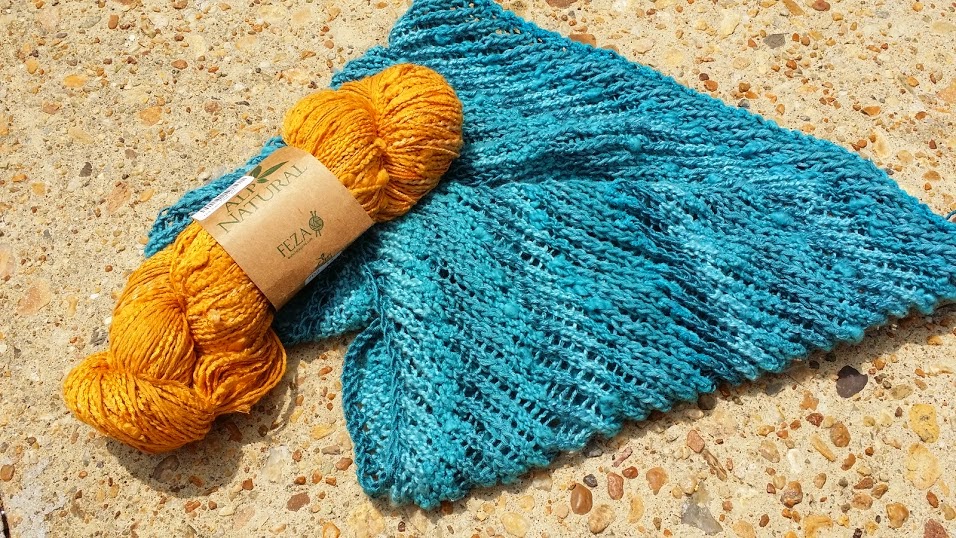We had a great question this week on our Facebook page about shrinkage. Working with any natural fibers you have to be on the look out for shrinkage and stretching. Just like the beings these fibers come from... they are alive and they are elastic. Fibers are designed to react to the environment and the body that wears them. Here's a breakdown to what we know about these different types of fibers and their reaction to the washer and dryer:
Cotton and Other Plant Fibers: Probably the toughest fibers out there. They come from a plants and are highly resistant to heat and washings. Cotton takes a licking and keeps on ticking. The fiber can be blocked and pulled to extremes only to shrink back after a nice long drink of water from your washing machine. Remember that when you wear plant fibers they tend to pull to gravity and stretch. Therefore, if you knit up an item in linen or cotton take into consideration the effect that might have on your finished item and make proper adjustments. There are limits to this wonder fiber... too much bleach, chlorine or starch will erode the magical properties of the cotton fiber. So wash those cottons in some cool water and don't over do it on the bleach or soaps. For your cottons items that are heirlooms, keep them out of the sun and wrapped in acid free paper to preserve them. Linen works similarly as does bamboo.
Wool and all other Animal Fibers: We're talking the afro of the lamb my friends. There are several types of wool but all carry the same fiber structure where the fiber contains little nubs that when agitated together create the felted wool you see in over washed items. Here's a great video courtesy of The Laundress Blog...
 |
| Courtesy of http://www.fleetfeetchicago.com |
wool and alpaca. While some wools have less of a nub than others... its still there and you'll be playing a game of Russian Roulette if you think a tumble or two won't affect your precious knitted items.
Chemicals and Soaps?
As you've probably noticed there are a lot of different mild laundry soaps out there for your knits. Which one you choose really is a personal choice. We cannot recommend one over the other but we can urge your to look into them all and to stay away from your traditional detergents when washing your hand knits. If you want to prolong their use and keep them looking like the day they came off your needles look into some of the following:
- Eucalan - This is carried at The Yarn Club and is stored up by the register. This product is designed for delicate washes. It is non-toxic, biodegradable, phosphate free and has a natural lanolin enriched formula.
- Soak - Another delicate wash contender! Soak comes in an array of scents including scentless. Designed with the knitter in mind all it's products are guaranteed to get your knits clean without fear of chemical mishaps!
- Dreft - Although not fully tested by the knitting community Dreft is a mild detergent you can get at any local grocery store. Originally designed for baby wear and very sensitive skin, Dreft is mild enough to give it a go for your hand wash knits.
Sources: Why Do Clothes Shrink, Why Do Clothes Shrink in the Wash,










